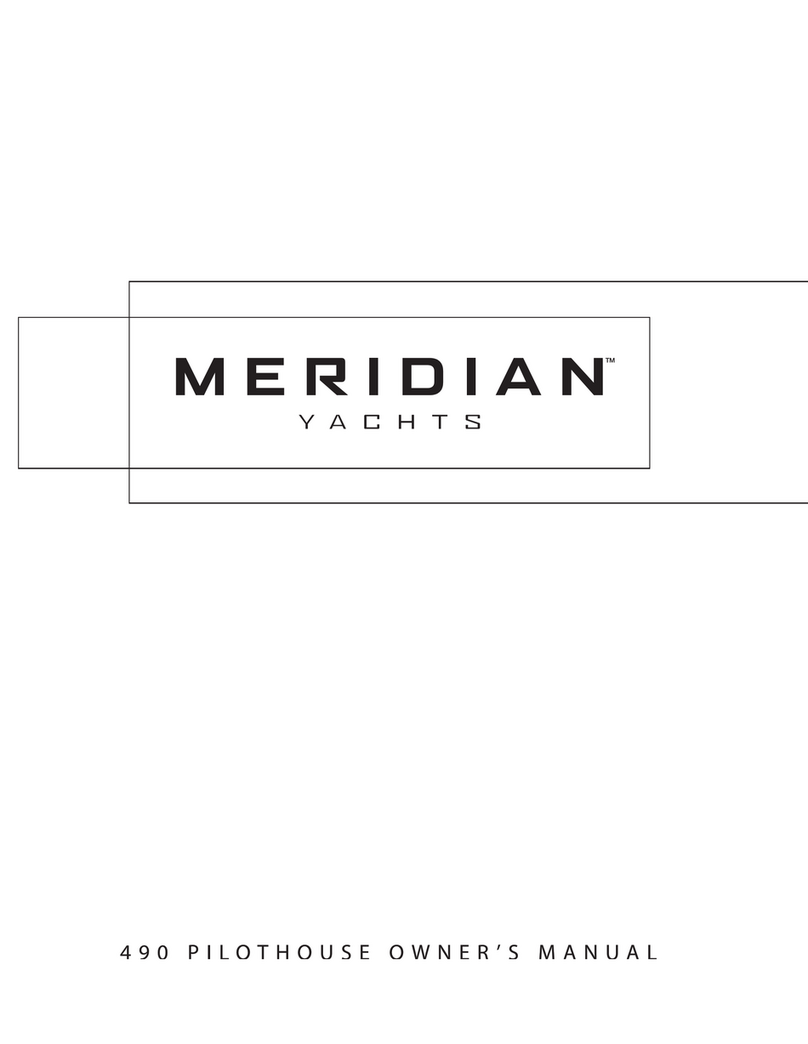
1. Safety ...............................................................................................................................................1
A. US Coast Guard Requirements:...................................................................................................3
B. Safe Operation:...........................................................................................................................4
C. Safe Towing ...............................................................................................................................5
2. One-Time Rigging............................................................................................................................7
A. Connecting the Shrouds ..............................................................................................................7
B. Installing the Main Sheet.............................................................................................................9
C. Installing the Furling Line and a Headsail on a CDI Roller Furler .............................................. 10
D. Initial Mast Tuning: .................................................................................................................. 13
3. Setup Before Launching.................................................................................................................. 16
A. Raising the Mast:...................................................................................................................... 16
B. Installing the Boom................................................................................................................... 23
C. Installing the Main Sail:............................................................................................................ 26
D. Installing a Hanked-on Headsail (Jib, Lapper, or Genoa): .......................................................... 29
4. Launching Your Boat...................................................................................................................... 32
A. Final checks before Launching.................................................................................................. 32
B. Launching the Boat:.................................................................................................................. 33
5. Setup After Launching.................................................................................................................... 35
A. Lowering the Dagger Board...................................................................................................... 35
B. Installing the Rudder................................................................................................................. 37
6. Preparing the Boat to Go Back on the Trailer................................................................................... 38
A. Raise the Daggerboard.............................................................................................................. 38
B. Remove the Rudder................................................................................................................... 40
7. Putting the Boat on the Trailer................................................................................................... 41
A. Putting the Trailer in the Water ................................................................................................. 41
B. Putting the Boat on the trailer:................................................................................................... 41
8. Packing the Boat Back Up......................................................................................................... 44
A. Removing the sails.................................................................................................................... 44
B. Removing the Boom ................................................................................................................. 46
C. Lowering the mast .................................................................................................................... 46
D. Securing the Mast, Shrouds, Stays, and Lines............................................................................ 50
9. Maintenance............................................................................................................................. 54
A. Trailer Maintenance.................................................................................................................. 54
B. Boat Maintenance..................................................................................................................... 55
10. Using Hatches, Ports, Lights, Etc. ............................................................................................. 57
A. Forward Hatch.......................................................................................................................... 57
B. Main Hatch............................................................................................................................... 57
C. V-Berth Hatches ....................................................................................................................... 57
D. V-Berth Filler board.................................................................................................................. 58
E. Under Sink and Under Stove Hatches........................................................................................ 58
F. Opening Ports (optional)........................................................................................................... 58
G. Interior Light ............................................................................................................................ 59
H. Navigation Lights ..................................................................................................................... 59
11. The Electrical System ............................................................................................................... 60
A. Options..................................................................................................................................... 60
B. Charging the Battery................................................................................................................. 60
C. Fuses........................................................................................................................................ 62
D. Wiring Diagram........................................................................................................................ 64
12. Using Accessories..................................................................................................................... 65
B. Built-in Fresh Water Tank, Filling and Cleaning........................................................................ 65
C. Using the Fresh Water Pump..................................................................................................... 66
D. Emptying the Holding tank (boats with a built-in marine head).................................................. 67
13. Links………………………………………………………………………………………………..69
14. Glossary................................................................................................................................... 70




























